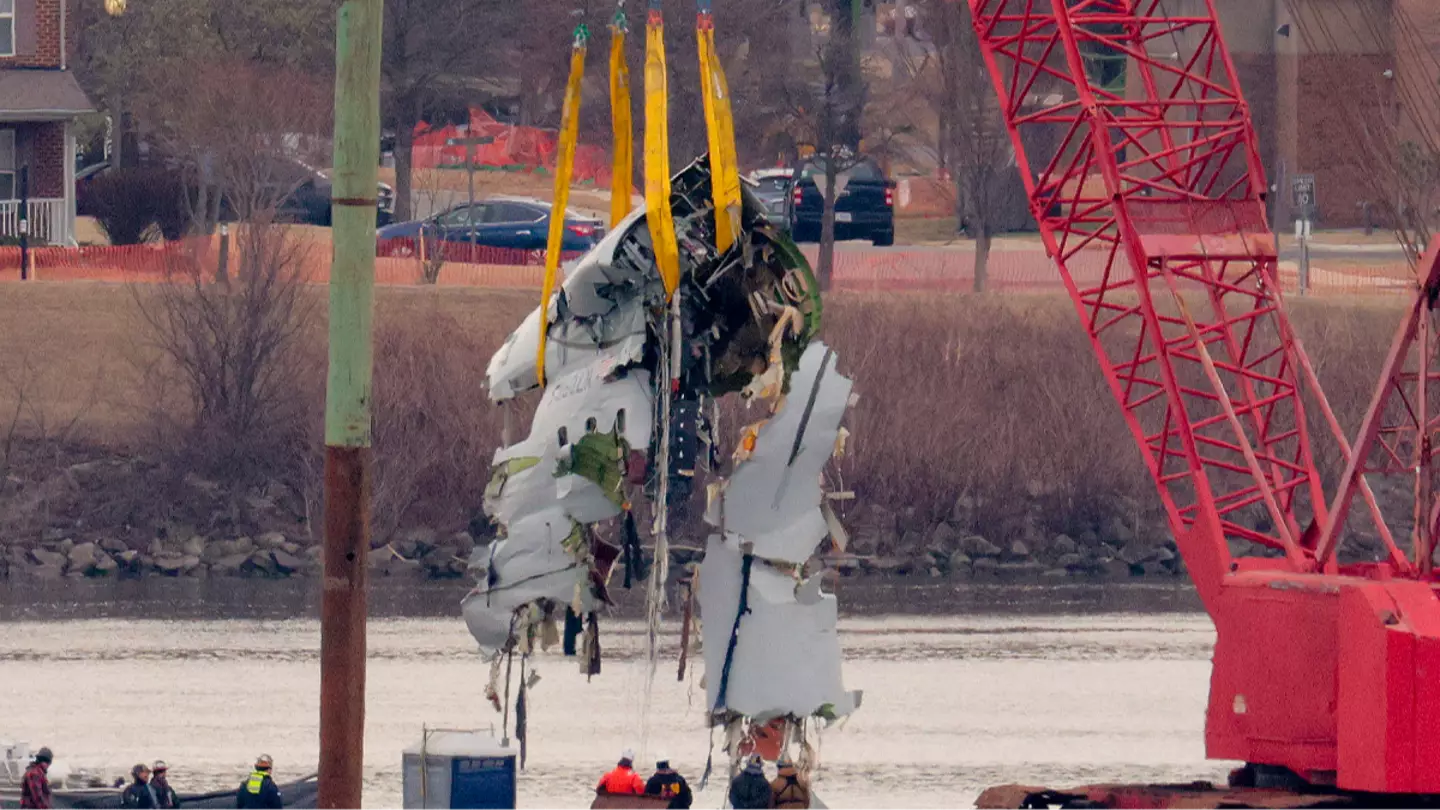The last words of the pilot navigating a helicopter before it tragically collided with a passenger jet have been disclosed during a recent hearing.
On January 29 of this year, Washington DC was shocked when a Black Hawk military helicopter collided with an American Airlines jet. The jet had departed from Wichita, Kansas, and was preparing to land at Ronald Reagan National Airport.
Both aircrafts crashed into the Potomac River, and what started as a search and rescue mission quickly turned into a recovery operation. It was soon confirmed that all 64 passengers on the commercial jet, as well as all three individuals on the helicopter, lost their lives in the incident.
New details have now surfaced regarding the ill-fated helicopter, including audio recordings of the last conversation between the pilot and instructor on board the Black Hawk, just before the crash.
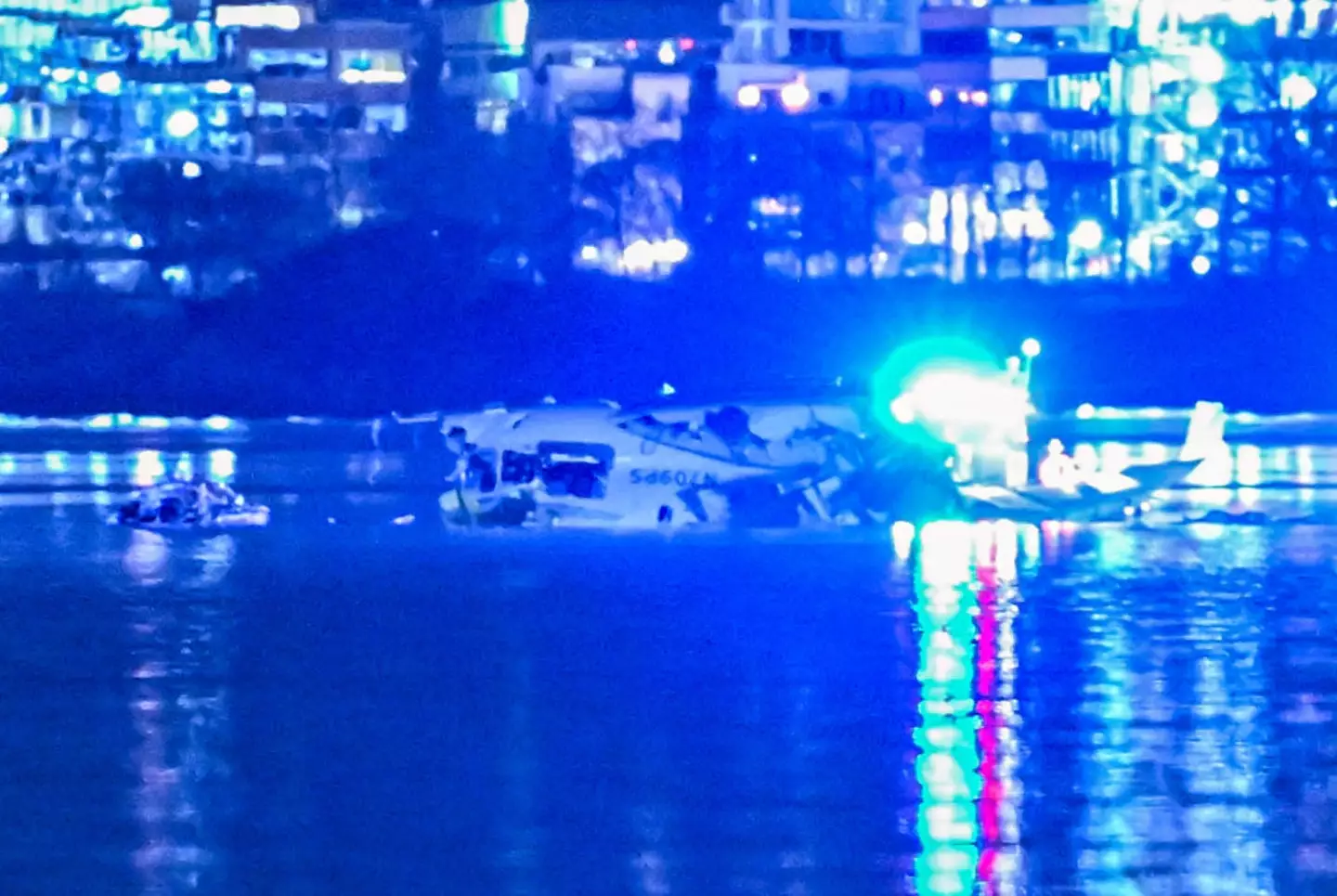
The National Transportation Safety Board (NTSB) initiated a hearing on Wednesday (July 30) to investigate the circumstances, naming Captain Rebecca Lobach, 28, as the pilot and Chief Warrant Officer 2 Andrew Eaves, 39, as the instructor.
Staff Sergeant Ryan O’Hara, 28, was also on board as the helicopter was conducting a night evaluation mission to Fort Belvoir in Virginia.
An animation presented during the hearing illustrated that American Airlines Flight 5342 last communicated with air traffic controllers when they were instructed to switch runways for landing, which they consented to do.
However, investigators learned that the helicopter crew might not have been fully aware of their altitude and position.
The Black Hawk had a maximum permissible altitude of 200 feet near the airport. However, the presentation revealed that it exceeded this limit, flying between 200 and over 300 feet as it approached Reagan airport.
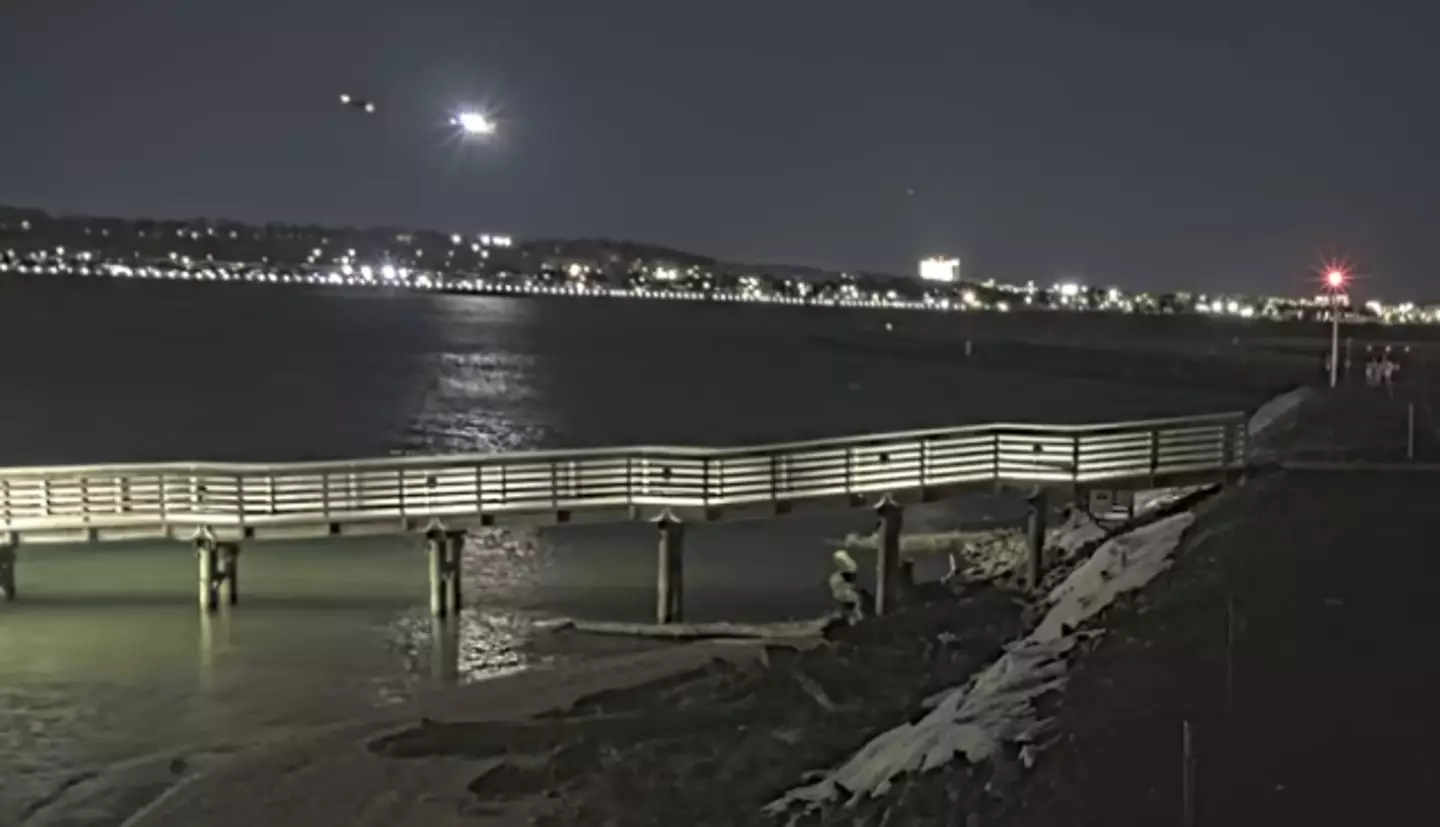
Officials suggested that the crew might have believed they were flying lower than they actually were, possibly due to an altimeter malfunction. At various points, the crew reported altitudes that were about 100 feet below their actual position.
The NTSB has since conducted tests on other helicopters from the same unit, uncovering discrepancies in their barometric altimeters, as revealed during the hearing.
Additionally, a transcript of the cockpit audio recording was shared, providing some unsettling details.
During the 15-minute flight, Lobach and Eaves were heard engaging in casual conversation and laughter, possibly indicating they were unaware of the imminent danger of a collision.
Eaves offered assistance to the pilot with maneuvering, while Lobach mentioned that transmissions from air traffic control were ‘pretty muffled.’
The instructor also commented on the control tower being ‘stacked up tonight’ with traffic.
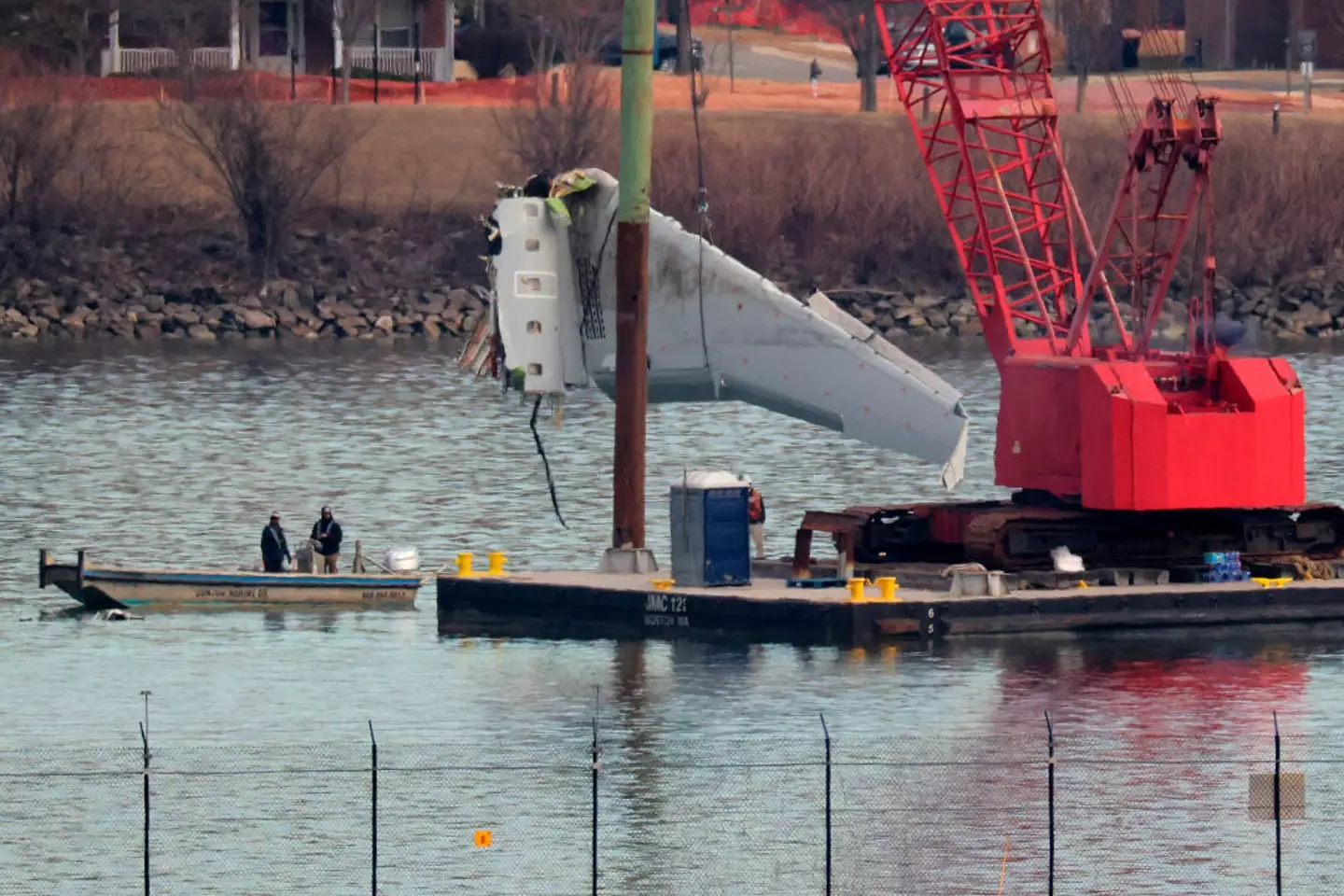
Approximately two and a half minutes before the crash, Eaves instructed Lobach to ‘come down for me’ and fly at 200 feet since they were at 300 feet, as shown by the animation.
Air traffic control subsequently warned the helicopter twice about the approaching passenger jet, first approximately two minutes before the crash and again 90 seconds later.
The helicopter responded on both occasions that it could see the plane and requested a ‘visual separation’ to aid in navigation.
A controller approved this request, and about 20 seconds before the crash, instructed the crew to ‘pass behind’ the jet.
However, a transcript from the cockpit reveals that this command wasn’t heard due to an audio disruption in the Black Hawk’s microphone.
Five seconds after the final warning about the plane, Eaves was heard telling Lobach: “Alright, kinda come left for me ma’am, I think that’s why he’s asking.”
Lobach responded: “Sure.”
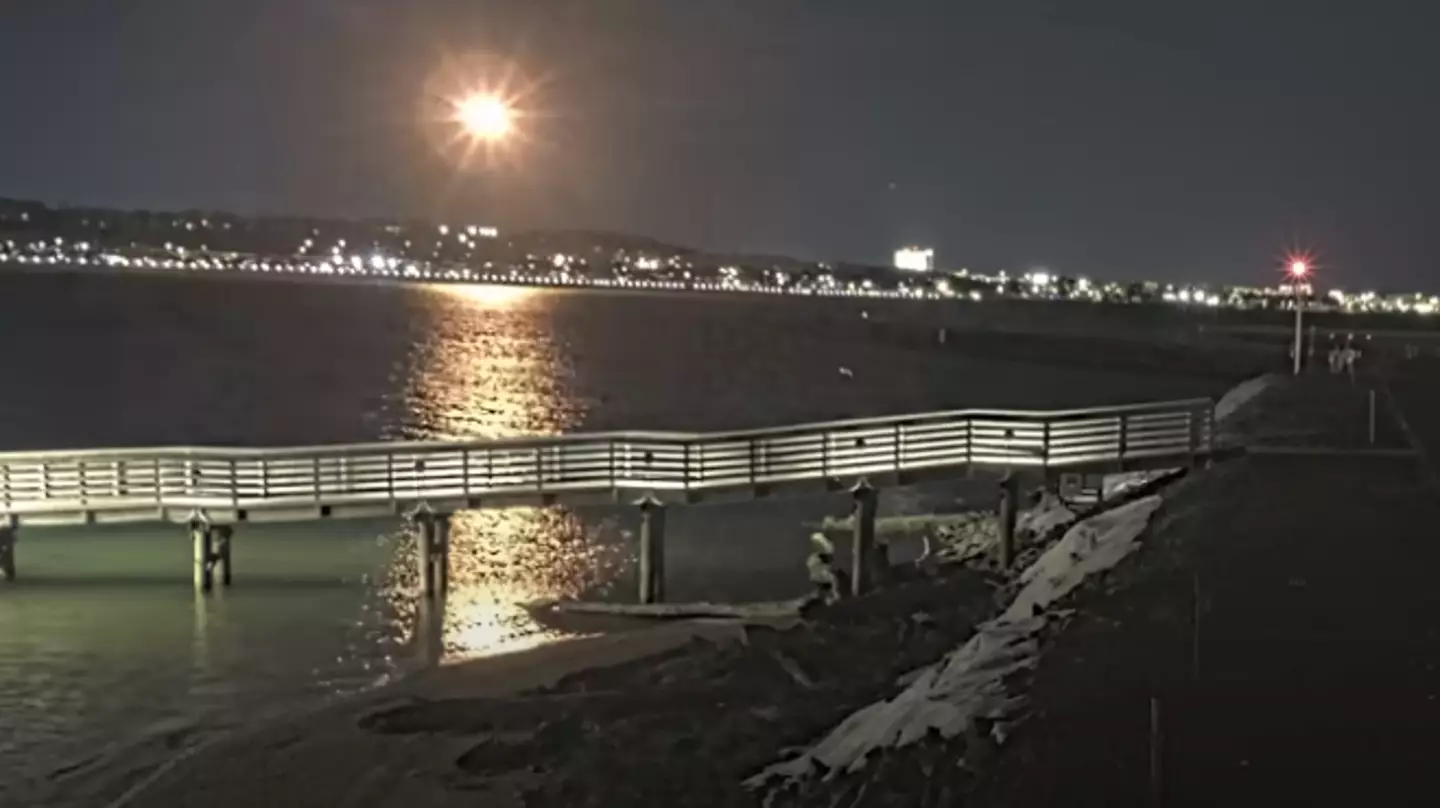
The instructor then mentioned: “We’re kinda out towards the middle,” to which Lobach replied: “Oh-kay, fine,” drawing out her ‘okay.’
Their conversation spanned four seconds. It was later discovered that the helicopter was at 270 feet in the air, while the American Airlines jet was descending toward the runway at only 320 feet.
Scott Rosengren, the chief engineer in the office overseeing the Army’s utility helicopters, stated at the hearing that if he had the authority, he would immediately retire all older Black Hawk helicopters like the one involved in the crash due to their reportedly outdated altimeters.
The hearing is ongoing.

